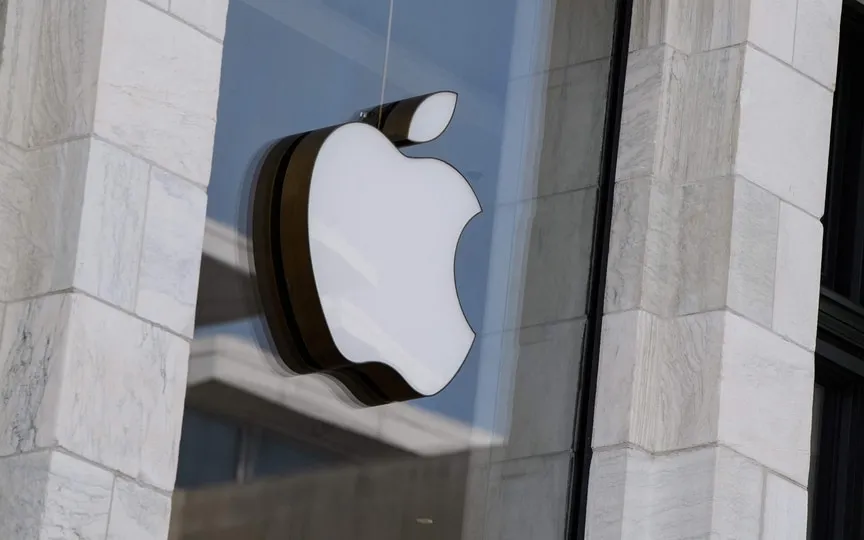Huawei Set To Launch 5G Phones Despite US Ban, Reports Say
Research firms indicate that Huawei Technologies, based in China, is planning to reenter the 5G smartphone industry by the end of this year. This move signifies a comeback for the company, which suffered a significant decline in its consumer electronics business due to a ban on equipment sales imposed by the United States.
Huawei should be able to source 5G chips domestically using its own semiconductor design tools as well as chip manufacturing from Semiconductor Manufacturing International Co (SMIC), three third-party technology research firms covering China’s smartphone sector told Reuters.
The companies cited industry sources, including Huawei suppliers, on condition of anonymity because of confidentiality agreements with customers.
Huawei declined to comment. SMIC did not respond to a request for comment.
A return to the 5G phone market would be a win for the company, which said it was in “survival mode.” Revenue from Huawei’s consumer business peaked at 483 billion yuan ($67 billion) in 2020, before falling nearly 50% a year later.
The Shenzhen-based tech giant once competed with Apple and Samsung to be the world’s largest mobile phone maker until U.S. restrictions that began in 2019 cut off its access to the chipmaking tools necessary to make its most advanced models.
The US and European governments have labeled Huawei a security risk, but the company denies the charge. Since then, Huawei has only sold limited batches of 5G models using stock chips.
Lagging in sales of last-generation 4G handsets, Huawei fell out of most rankings globally last year, when sales hit a low point, even as its market share in China rose to 10 percent in the first quarter, according to consultancy Canalys.
5G PREDICTIONS
One of the research firms said it expects Huawei to use SMIC’s N+1 manufacturing process, although the predicted yield rate of usable chips is less than 50%, 5G shipments will be limited to around 2-4 million units. Another company estimates that deliveries will rise to 10 million units, but no more detailed information is provided.
Huawei shipped 240.6 million smartphones globally in 2019, a peak year according to Canalys, before selling its Honor unit, which accounted for nearly a fifth that year.
The state-backed China Securities Journal reported this month that Huawei raised its 2023 mobile shipment target to 40 million units from 30 million at the start of the year, without hinting at a return to 5G phones.
Huawei could produce 5G versions of flagship models such as the rival iPhone P60 this year and new releases likely in early 2024, the three research firms said, adding that they based such predictions on information they obtained by checking contacts in Huawei’s supply chain and recent company announcements.
However, the U.S. restrictions cut Huawei off from Google’s Android operating system and developer services, on which most Android apps are based, limiting the appeal of Huawei phones outside of China.
CHIP DESIGN TOOLS
Research firms noted that Huawei announced in March that it had made breakthroughs in electronic design automation (EDA) tools for chips made using 14-nanometer (nm) technology.
Chip design companies use EDA software to produce chip designs before they are mass-produced in factories.
The research firms, citing their own industry sources, believe that Huawei’s EDA software could be used with SMIC’s N+1 manufacturing process to make 7nm chips, the high-performance semiconductors typically used in 5G phones.
Washington banned SMIC from acquiring an advanced chipmaking tool called an EUV machine from ASML of the Netherlands, which is critical to the 7nm chip manufacturing process.
But some analysts have seen signs that SMIC has nevertheless managed to produce 7nm chips by tweaking simpler DUV machines, which it could still buy freely from ASML.
Another research firm said it found Huawei has asked SMIC to manufacture sub-14nm chip components this year for 5G products.
A predicted yield rate of less than 50 percent means 5G chips “are going to be expensive,” said Doug Fuller, who studies chips at Copenhagen Business School.
“I think if Huawei wants to eat the cost, they can do this, but I don’t see chips like that being price competitive,” Fuller said.
($1 = 7.2023 Chinese Yuan Renminbi)




